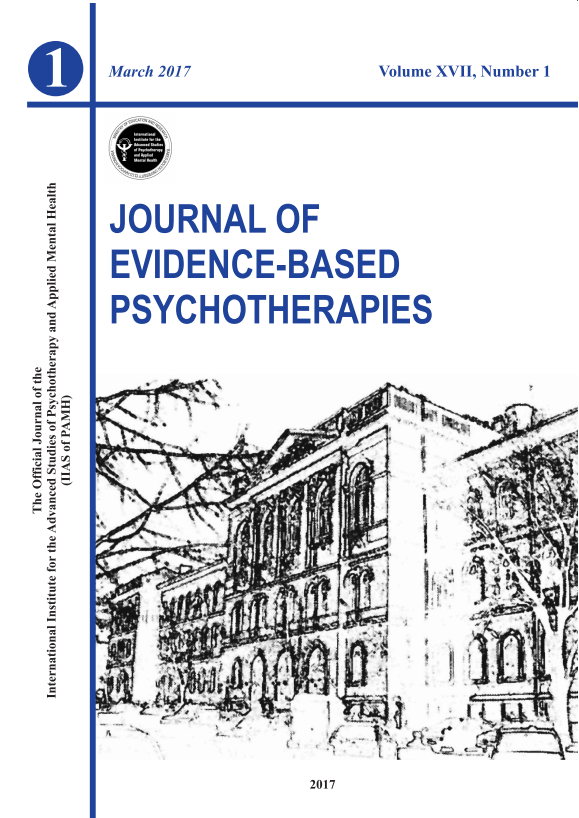zhangweixia@nwpu.edu.cn
Kechuang Zhang1, Shubin Si1,2, Mengbi Yang1, Min Xi3, Weixia Zhang4*
1 Department of Industrial Engineering, Northwestern Polytechnical University, Xi’an, China.
2 Key Laboratory of Industrial Engineering and Intelligent Manufacturing, Ministry of Industry and Information Technology, Xi’an, China.
3 Hospital of Northwestern Polytechnical University, Northwestern Polytechnical University, Xi’an, China.
4 Department of Physical Education, Northwestern Polytechnical University, Xi’an, China.
Abstract
Network analysis was widely used to identify core symptoms, with the aim of providing targets for intervention. Whether targeted treatment based on core symptoms identified by network analysis is superior to the non-targeted treatment remains unknown. We utilize simulation to contrast their effects on the symptom network of mental health. In the simulation, intentional and random attacks represent targeted and non-targeted treatments, respectively. The simulation test was conducted by attacking the symptom network using both random attacks and intentional attacks targeting central nodes, as defined by centrality measures. The results showed that the natural connectivity of the network degraded faster in intentional attacks than in random ones. Additionally, abnormal individuals have higher natural connectivity values than normal individuals. The findings indicated that compare to non-targeted treatment methods, centrality based targeted treatment focusing on core symptoms disrupted the connections between symptoms more quickly, generating better treatment effects.
Keywords: invulnerability simulation, mental health, network analysis, symptom network, targeted treatment.
Please cite this article as:
Zhang, K., Si, S., Yang, M., Xi, M., Zhang, W. (2025). Comparisons of Targeted Treatment for Mental Disorders Based on Network Analysis over Non-Targeted Treatment in Adolescents. Journal of Evidence-Based Psychotherapies, 25(1), 29-44.
DOI: 10.24193/jebp.2025.1.2
Published online: 2025/03/01
Published print: 2025/03/01
